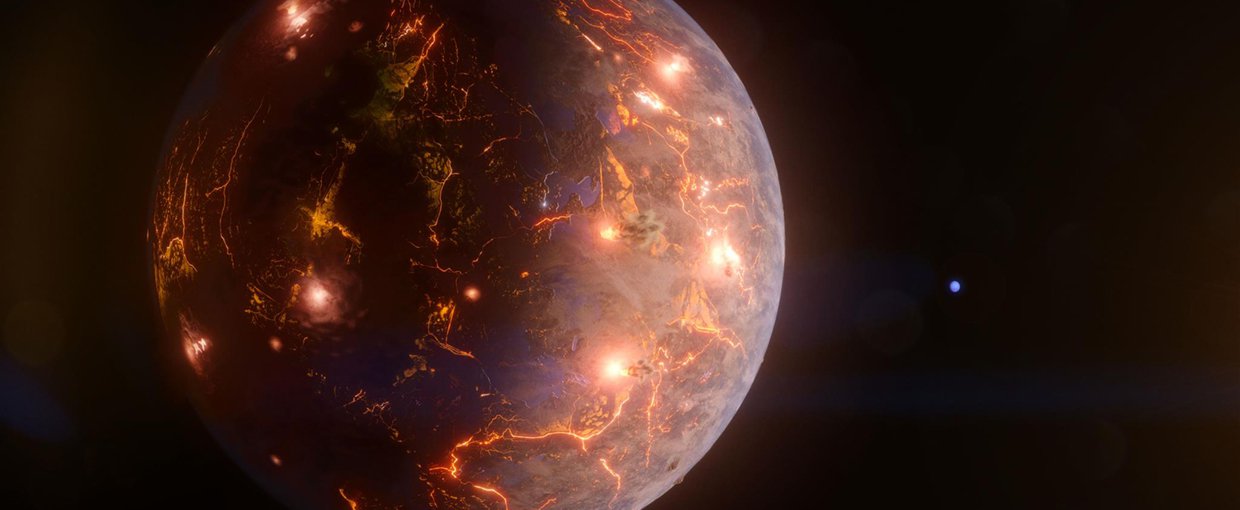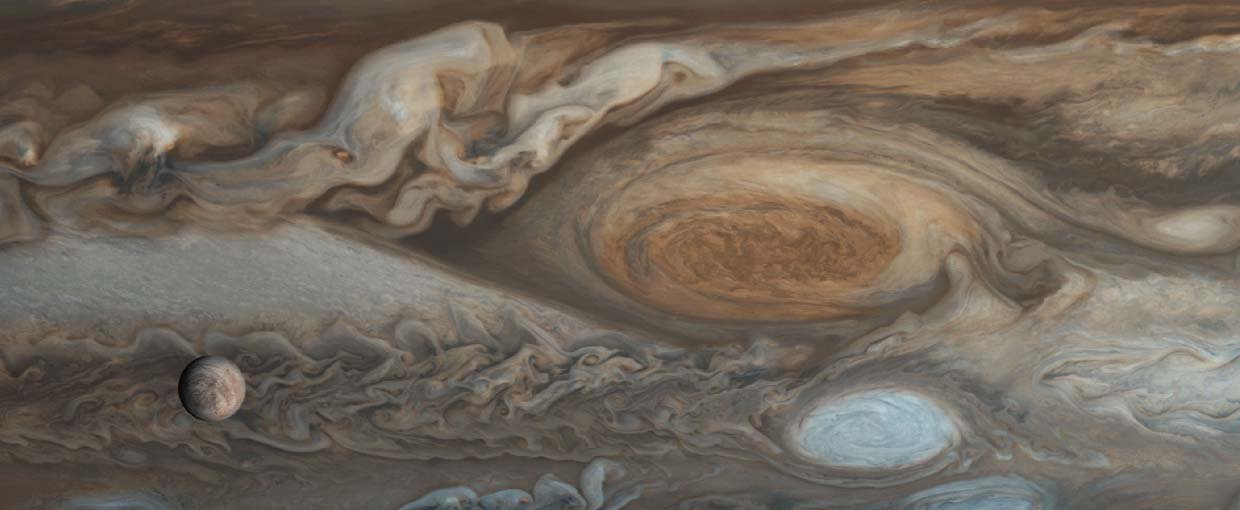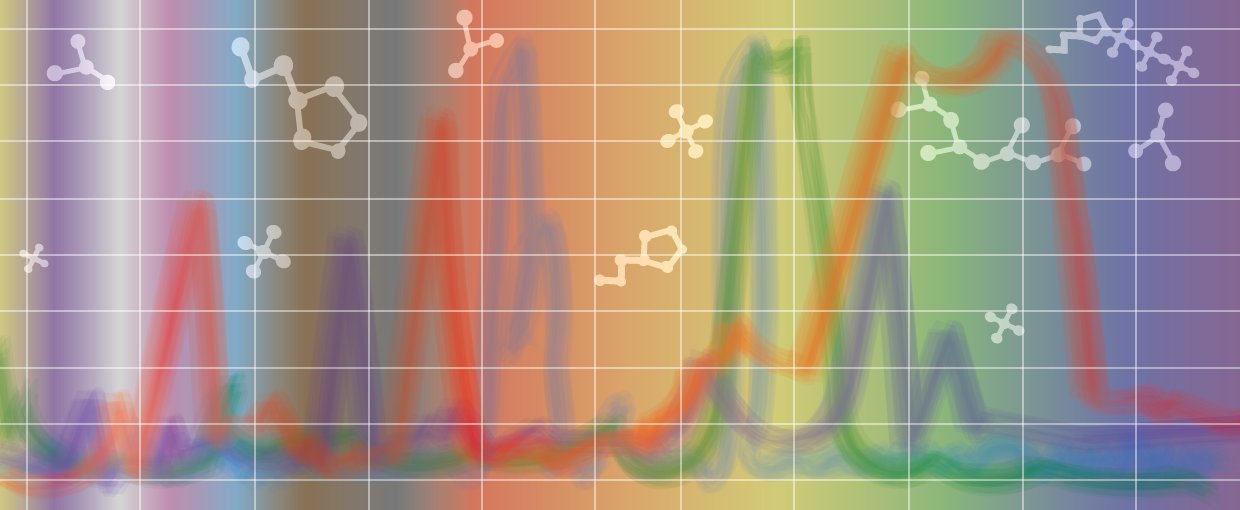Symonds, J. M., Gann, R. N., Fernández, F. M., & Orlando, T. M. (2014). Microplasma Discharge Vacuum Ultraviolet Photoionization Source for Atmospheric Pressure Ionization Mass Spectrometry. Journal of The American Society for Mass Spectrometry, 25(9), 1557–1564. doi:10.1007/s13361-014-0937-5
Haqq-Misra, J. (2014). Journal of Advances in Modeling Earth Systems, 6(3), 950–955. doi:10.1002/2014ms000326
Robertson, P., Mahadevan, S., Endl, M., & Roy, A. (2014). Science, 345(6195), 440–444. doi:10.1126/science.1253253
Carmona, A., Pinte, C., Thi, W. F., Benisty, M., Ménard, F., Grady, C., … Kamp, I. (2014). A&A, 567(None), A51. doi:10.1051/0004-6361/201322534
Duffell, P. C., & MacFadyen, A. I. (2014). The Astrophysical Journal, 791(1), L1. doi:10.1088/2041-8205/791/1/l1
Duffell, P. C., & MacFadyen, A. I. (2014). The Astrophysical Journal, 791(1), L1. doi:10.1088/2041-8205/791/1/l1
Frick, A., Mogul, R., Stabekis, P., Conley, C. A., & Ehrenfreund, P. (2014). Advances in Space Research, 54(2), 221–240. doi:10.1016/j.asr.2014.02.016
Jeilani, Y. A., Orlando, T. M., Pope, A., Pirim, C., & Nguyen, M. T. (2014). RSC Adv., 4(61), 32375. doi:10.1039/c4ra03717k
Kminek, G., Conley, C., Allen, C. C., Bartlett, D. H., Beaty, D. W., Benning, L. G., … Bhartia, R. (2014). Life Sciences in Space Research, 2(None), 1–5. doi:10.1016/j.lssr.2014.05.001
Mariotti, G., Perron, J. T., & Bosak, T. (2014). Earth and Planetary Science Letters, 397(None), 93–100. doi:10.1016/j.epsl.2014.04.036



